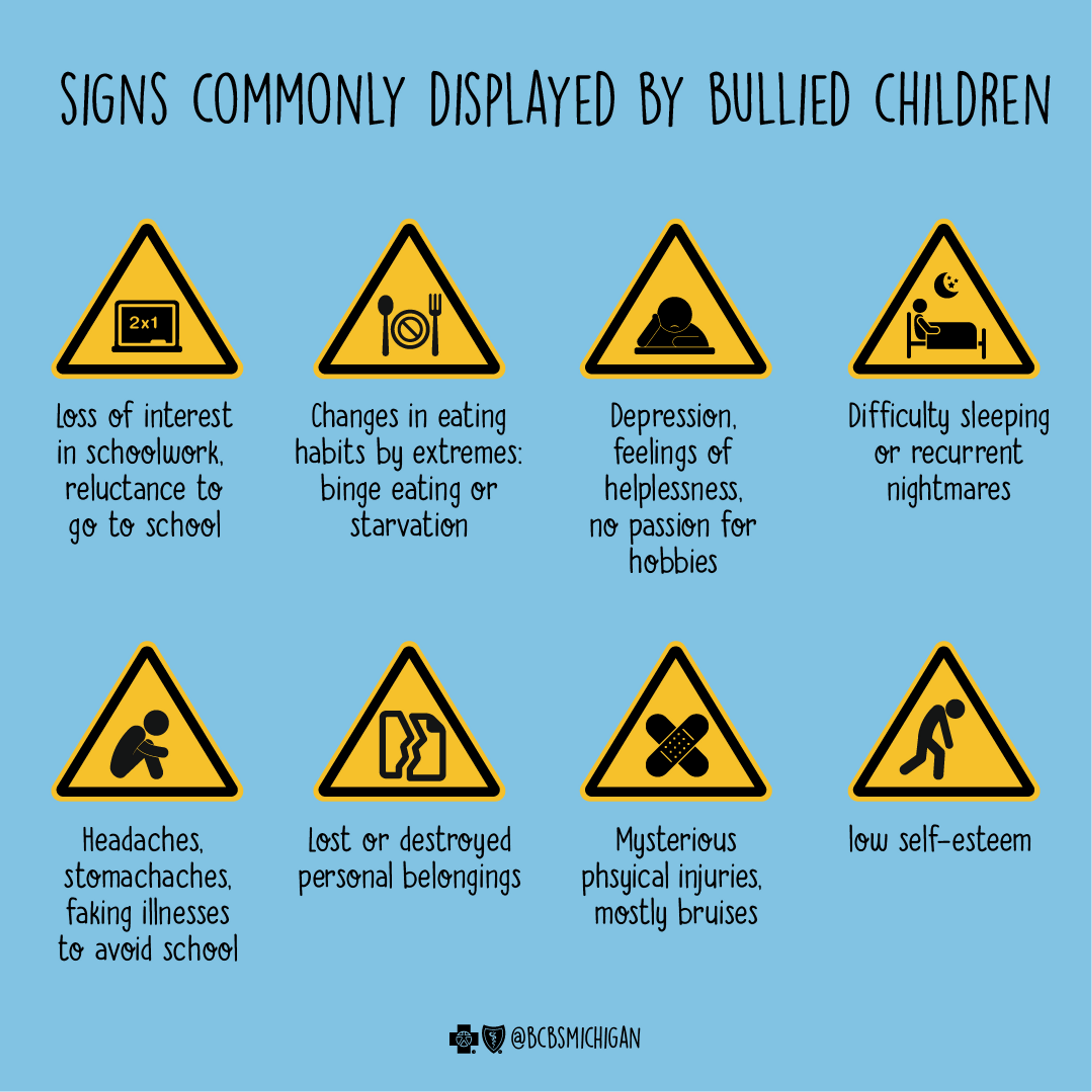Hidden Ways Bullying Happens on Social Media
Amy Barczy
| 4 min read
Amy Barczy is a former brand journalist who authored...

For children and teens navigating emotions and friendships in middle and high school, the proliferation of social media means opportunities for bullying don’t end once you walk out of class at the end of the day – or even once you get home.
Bullying can take many forms – and may happen in ways you may not expect. On social media, bullying can happen 24/7. Cyberbullying became even more problematic during the isolation of the pandemic and can have devastating impacts on youth mental health.
Learning about different ways bullying can occur on social media can help adults prepare to talk with children and teens about how to protect themselves and ways to respond. Understand that cyberbullying can become intensely personal quickly – and intimate details including private photos, videos and relationship details can be aired across the internet for everyone to see. Children and teens might be hesitant to come forward to an adult with a cyberbullying problem because they feel embarrassed or ashamed.
Exclusion
On social media, bullying can take the form of intentional exclusion. This could mean a group of friends takes a photo for social media and intentionally leaves a person out of the frame. It could also mean intentionally not inviting someone to an event or activity, and then posting photos, videos or status updates on a social media account about how great of a time they’re having.
While exclusion may be passive aggressive, it can have a significant impact on the emotions of the person being left out.
Impersonation
One form of bullying is to extract personal information about a victim through impersonation.
For example, a bully could create a fake user account on a social media platform – either by impersonating someone real in the victim’s life, or by creating a new personality. The bully would then use the fake account to friend the victim and get to know them, convincing the victim to share deeply personal information and photos. At times, this could also include a fake romantic relationship.
After collecting enough damaging information from the victim, the bully could then use what they had gathered to “out” the victim by publicly sharing with a large audience on social media.

Mockery
Imagine it’s the first day of school, and you’ve worn a brand-new outfit that you love. Some of the kids in your grade make a big deal about how much they love your clothes and take pictures and videos of you. Days later, you learn that they’ve been sending those photos to their friends on social media and making fun of you behind your back.
Messages
While much of cyberbullying on social media occurs where everyone can see it on the platform, some bullies use direct messages or text messages to harass others. These types of messages are particularly harmful, as they are easy for an individual to hide from others – making it difficult for adults and friends to see a problem and intervene.
Through smartphones, tablets and apps, children are becoming overstimulated and overwhelmed. For some, it can become addictive, triggering and negatively affect their mental health. Social media can amplify voices – both positive and negative – to the point they’re inescapable. Children have always been vulnerable to peer pressure and criticism at school but now they face it online as well.
Open a dialogue with children and teens about how they’re using social media. Social media isn’t all bad – but in the digital world we live in, anything that you share with others – even if it’s private – can become public and permanent quickly. Often, cyberbullying can have devastating mental health effects and many individuals may suffer alone. Know the warning signs of anxiety, depression and suicide – and how to get help.
Another way to help support children and teens is by discussing OK2SAY, Michigan’s Student Safety Program. OK2SAY is a confidential way for your child to report anything that threatens their safety or the safety of others. Tips can be submitted 24 hours a day, seven days a week, online (www.ok2say.com); by texting 652729 (OK2SAY); by email (ok2say@mi.gov); by phone (855-565-2729); or by downloading and using the mobile app.
Photo credit: Getty Images





